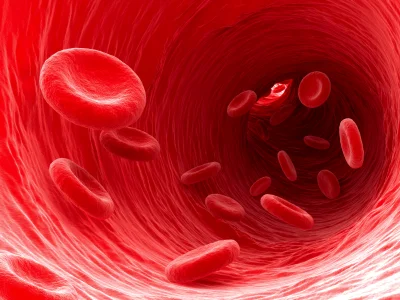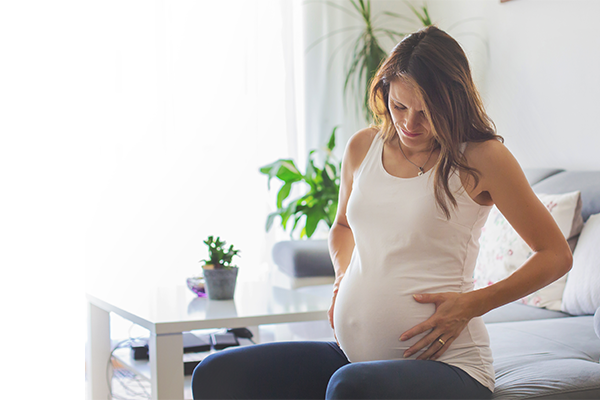Thrombosis is one of the complications of pregnancy and the postpartum period. It can have serious consequences, which is why in some cases prevention is carried out at the beginning of pregnancy. Find out about the symptoms of thrombosis in pregnancy.
Thrombosis during pregnancy – Causes
Pregnancy and the puerperium are times of increased risk for thromboembolism. Thrombosis is one of its manifestations. During pregnancy and the puerperium, blood stasis may occur, resulting in local hypercoagulability. The speed of blood flow also decreases, and the return of blood to the heart via the veins is impaired.
Expectant mothers who have a history of thromboembolism and pregnant women with thrombophilia or, for example, lupus erythematosus, are at particular risk of developing thrombosis during pregnancy. More commonly, women are affected by thromboembolism after in vitro fertilization. Causes of lower extremity thrombosis and pulmonary embolism include prolonged recumbency, such as uncontrollable vomiting during pregnancy, or impending miscarriage with bleeding from the genital tract. Women who have a family history of thromboembolic events are also at higher risk. Risk factors also include age over 35 years, more than three births, and obesity.
Thrombosis in pregnancy – symptoms
Thrombosis in pregnancy may have few symptoms. Sometimes the first symptoms of the disease are those that indicate pulmonary embolism, i.e., shortness of breath, chest pain, and cough. Symptoms of thrombosis most commonly reported by patients include pain, swelling of the limbs, and redness and increased warmth. In most cases, ultrasonography of the lower extremities is required to confirm deep vein thrombosis.
Thrombosis during pregnancy – prevention
In pregnant women with serious risk factors for thrombosis, thromboprophylaxis is introduced in the early stages of pregnancy. For example, it is used in expectant mothers who have a history of thromboembolism or who have an autoimmune disease that puts them at increased risk for thrombus formation, such as antiphospholipid syndrome. Heparin is the most common treatment method, while nonpharmacologic prevention methods include, for example, compression stockings, which some expectant mothers wear throughout pregnancy and after delivery. Physical activity and maintaining an appropriate body weight are also important. The so-called bed rest for pregnancy complications is now abandoned, as it is a risk factor for the development of thrombosis and, subsequently, pulmonary embolism, which can pose a real threat to the life of the pregnant woman.











